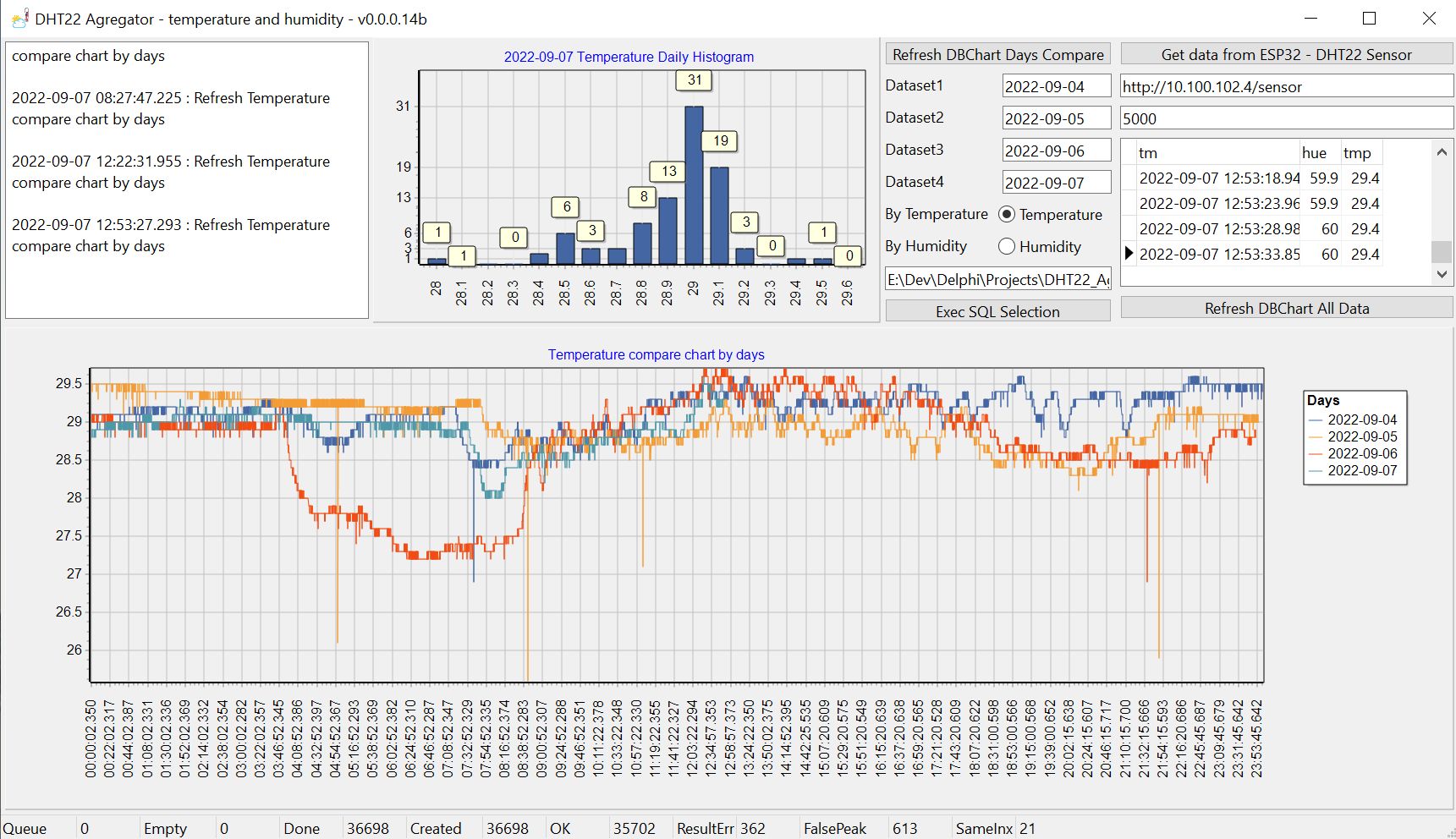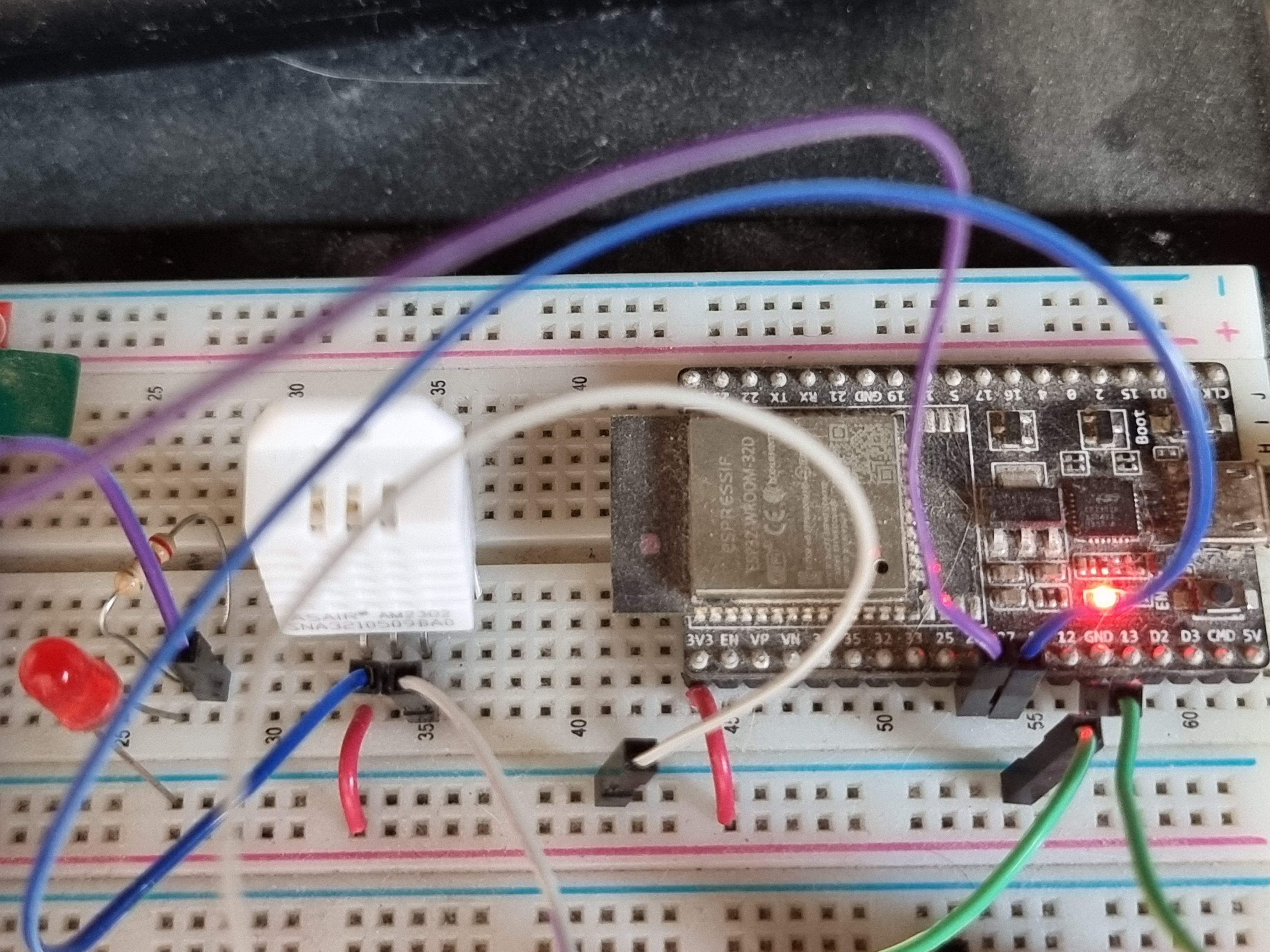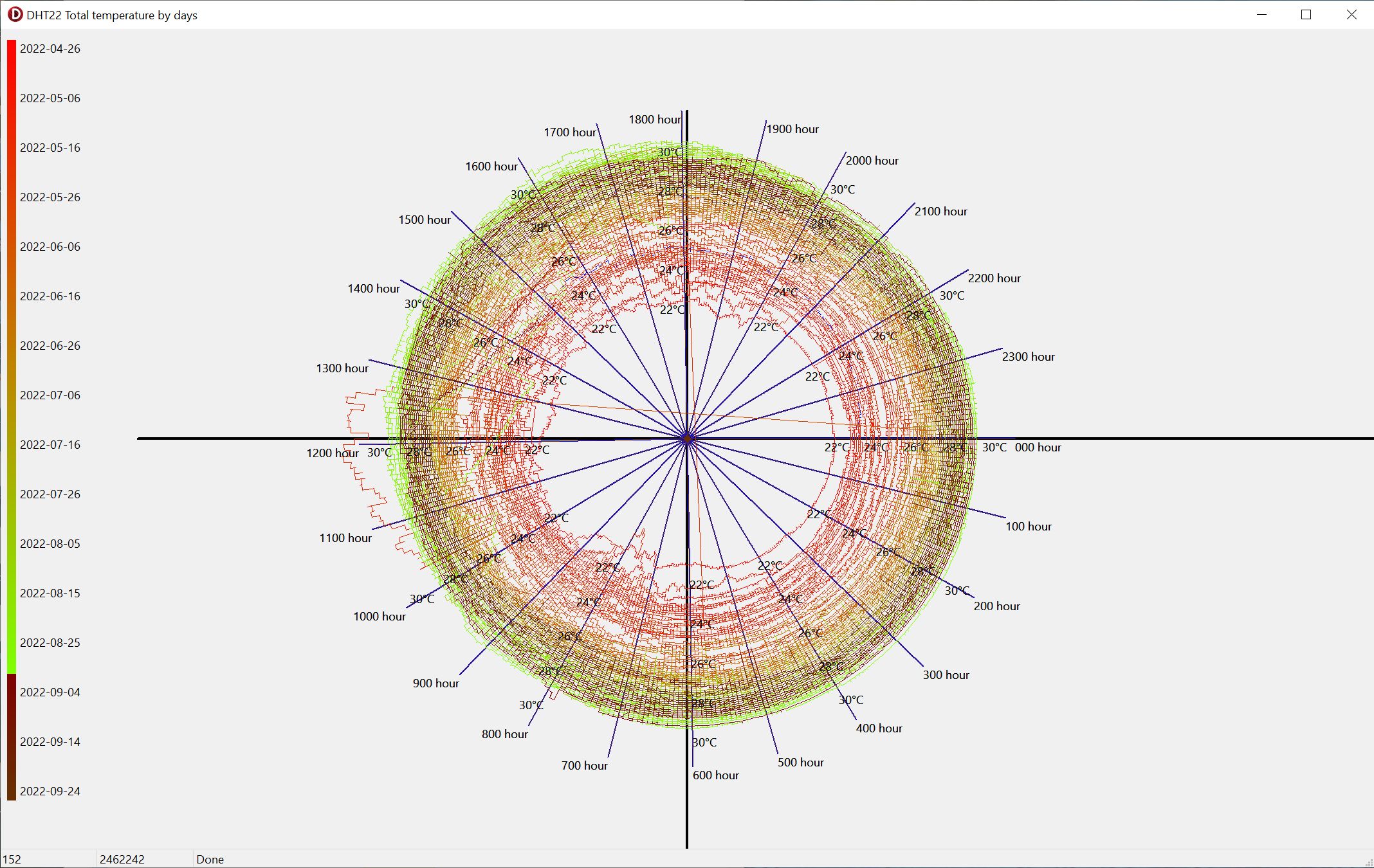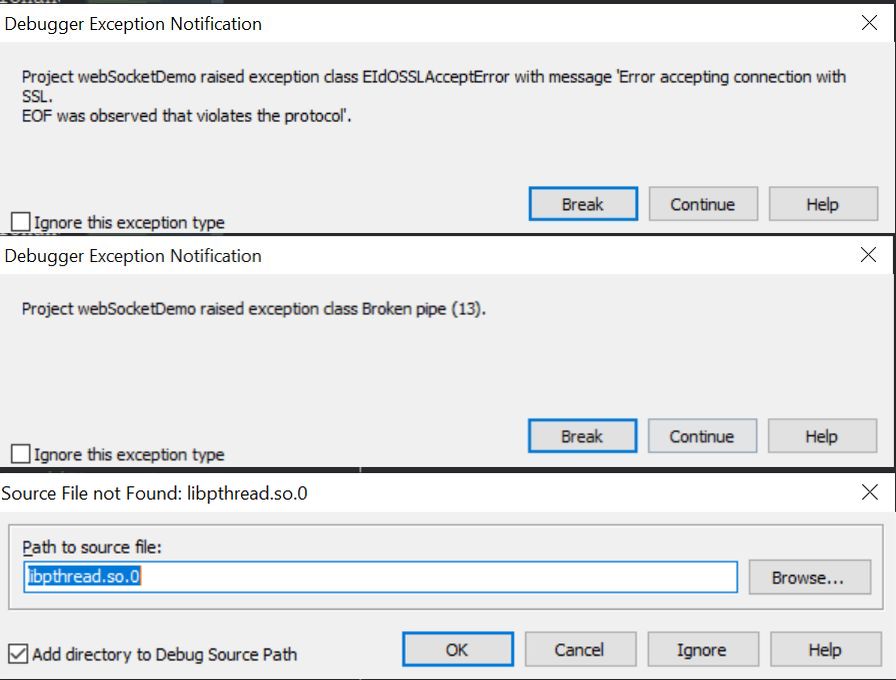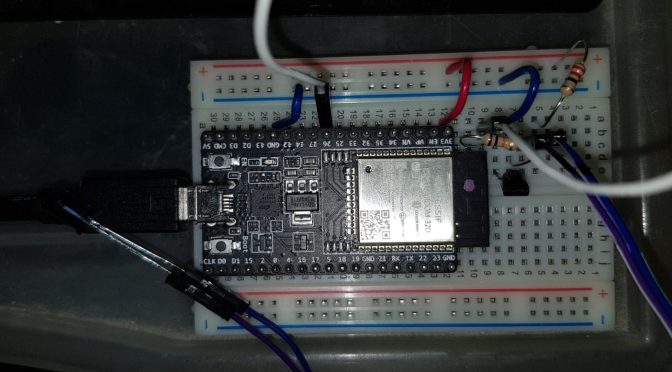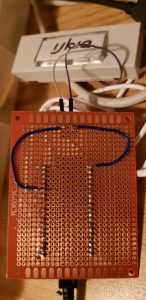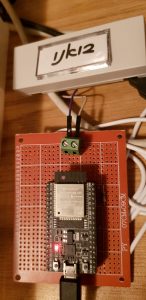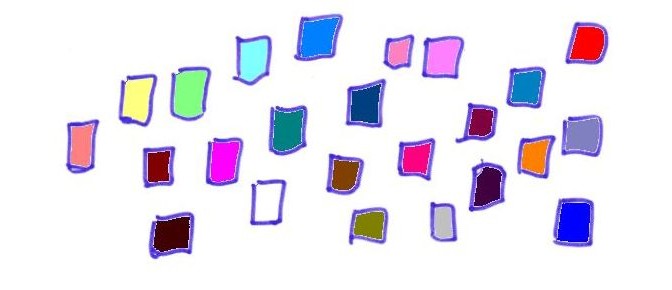It suddenly came to my brain, a reasonable explanation of this Human race acts, that we all participate in. I came up with these insights, whether they apply just to me, or you might find it useful as just another view point of life – that would impact in some way your way of thinking and view.
On past decades, I participated in this hectic race to the way up… I had a proper job, which I liked… and had a very tight social life (not as wild as other people got, but something reasonable).
Then on the forth decade of my being, I suddenly had a ‘life bump’ which halted all that I was doing before. And stopped the routine I had – almost making me reach a stop still place, it wasn’t a physical stop still – it was mental stop still.
Subjective feeling of talk time:
Today, as I was listening to several different radio shows… It knowledge has impacted me. While each show was about an hour, one show seems to be shorter than the other one… it made me think, then I finally got that; people that do not have time to their selves, and are in a complete battle with life, would extended talks would somewhat sound shorter, than people who are at peace with life – and would like to share their moments with others.
It wasn’t the first time, I felt that.. Sometimes people who I talked with although talking to different people the same absolute time, would feel to some longer, and to other shorter.
Of course, all people like to share… yet, some people got their personal goals, which doesn’t match yours. And would like to benefit from these talks. And manipulate you into thinking this way or the other.
Another important thing is that when one have common shared knowledge, for example if you are an expert in this or that area,. And the other side, would like, know, or interested in the subject at hands subjective time passes slower… enabling one to celebrate the sharing and talk.
To sum this view, people who do not have time for themselves, or to other – why would someone have time to even hear what they want to say. People who are at peace with themselves, and with others would impact ones soul much more.
Jobs and the social disruption:
On prior decades, I was in a race, I didn’t have time! I was always ran after things to accomplish… And although from now and then, I stopped to hear I didn’t listen much.
Any job which require both sides to stop and think, and accomplish a creation – or a solution to a given problem – doesn’t just disrupt — it creates. It slows the whole system a little… because it requires attention from the people who accomplish it.
One shouldn’t take that as ‘Hay you are slowing me down..’ but as ‘ok, that requires a creation…’ – which is a task to make which benefit the larger society – to enjoy later – in whatever area it concerns.
Learn:
It doesn’t matter what you learn, as long as it benefit the bigger picture. It doesn’t matter either how you learn… You can watch a movie or listen to music, and learn while enjoying yourself.. come up with different conclusions – and make you think in the process.
Enlarging your common knowledge is always a good thing. It is better to hear and understand things, that just run in circles. Same basic ground would benefit the bigger picture…
Do not come up to hasty conclusions:
Somethings, things look wrong, crazy or without any meaning… only after a given time – things would fit into the bigger picture. And would look synergetic with their environment.
Enjoy life:
Whatever subjective way you like to enjoy and celebrate life, is good. As long as it doesn’t hurt anyone. One can find even very simple routine procedure enjoyable at times. When you invest in your joy, and expertise, to tend to share the solutions or knowledge in a much more tender way… and not being uptight with time, and life.
